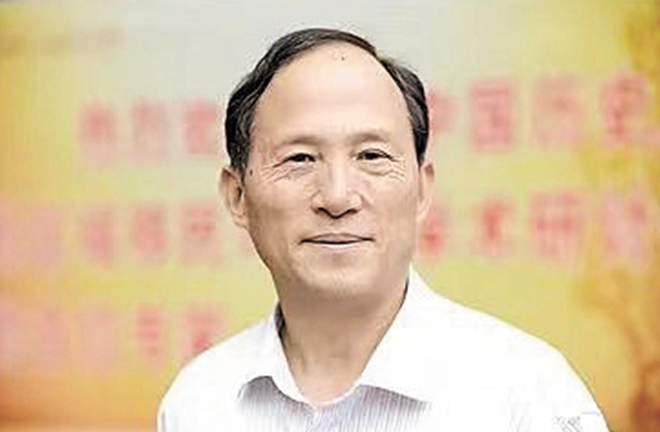Cultural identity and Chinese civilization in the great change of the world

In the history of world civilization, Chinese civilization is an exception of other forms of ancient civilization, such as those of ancient Egypt, Mesopotamia, India, Greece, and Rome, so some Western scholars hold different views of Chinese civilization. The American scholar Lucian W. Pye, for example, argues that Chinese civilization is a “civilization, masquerading as a nation state.” This exception stems from the trinity of ethnic, national, and cultural identity that characterized ancient Chinese civilization. This characteristic derives from the unique path of the environment of livelihood and the origin of civilization in prehistoric China.
Through an examination of archaeological materials, it can be seen that the sprouting of civilizations in various regions of prehistoric China was not the product of a mere derivation of a core region’s civilization or its expansion, but a spontaneous emergence in various regions with distinct regional cultural characteristics. However, these regional cultures have also influenced and converged with each other in the course of their development and have thus contributed to their convergence.
Therefore, as the early Chinese civilization was originating, it formed a shared civilization characteristic, a form of social organization which features blood relations, inner cohesion, and geographical dispersion, while taking ancestral worship as its belief pattern. This form of organization is conducive to the cohesion and unity of clans and tribal members to resist external pressures; it also leads the early settlers’ primitive religious beliefs and divine worship into a developmental path of inner cohesion. Prehistorical ancestral worship leads to the development of a religious spirit which combines transcendence and secularity, blood relationship, and geography. It made the prehistoric blood relationship organizations flourish perpetually as religions secularized and made the main function of prehistorical religions serve the “material” demand for monarchical power, thus curbing the way for the “natural gods” to rise to the level of a “universal god.” These characteristics define early Chinese civilization, such as the consistency of cultural, ethnic (national), and political community’s (including settlement groups, early states) identities, formed on the basis of the ecological and agricultural way of life, gave ancient Chinese civilization a unique evolutionary path.
In ancient China, cultural identity, functioning as the basic platform of ethnical and national identities, has its crucial value and role. For example, the “Xia” and “Yi” tribes and political consciousness in China during the Xia, Shang, and Zhou dynasties, as well as the Spring and Autumn and Warring States periods, were divided mainly by the livelihood environments of the people and their corresponding cultural practices. In the Spring and Autumn period, for example, the coordinates of the thematic crossing were “respect the King and repel other nations,” which clearly embodied the general theme of politics and nationhood (of the times) and served as a banner for the transformation of Chinese national identity and state identity into a new period. Later, although there were many “unified” and “split” dynasties, Chinese civilization always maintained its continuous evolution of independent development. This evolution process is closely related to the inherent characteristics of Chinese civilization, which features its openness, compatibility, and inner cohesiveness.
Because of these characteristics, each ethnic conflict in ancient China often led to a larger and higher level of restructuring of ethnic and production relations, and further to the emergence of a stronger and more expansive unified empire and ethnic community. These civilization characteristics affect the national consciousness and deep cultural value structure of the Chinese people. In modern times, for example, Chinese people often link the discourses of “saving the nation” (nation, culture) with “saving the state” (political state), making these discourses the climax of the times and the two main themes to inspire people.
Since the second half of the 20th century, along with the process of modernization and globalization, many new problems emerged as world civilization formed a new order. In the tide of globalization, China is also facing a transitional stage between the new and the old. Thanks to the reform and opening up policy, China has rapidly integrated into the international economic and trade system, and accelerated its development in the process of globalization and modernization.
Chinese civilization’s basic elements have enabled China, in the process of the contemporary rejuvenation, to embark on a development path suited to its own characteristics in accordance with its unique cultural tradition, historical direction, and basic national conditions, and to show great vitality in the rise of a new form of human civilization.
Li Yujie is a professor and former vice president at Chongqing Normal University. This article was edited from his paper submitted to the forum.
Edited by YANG XUE
